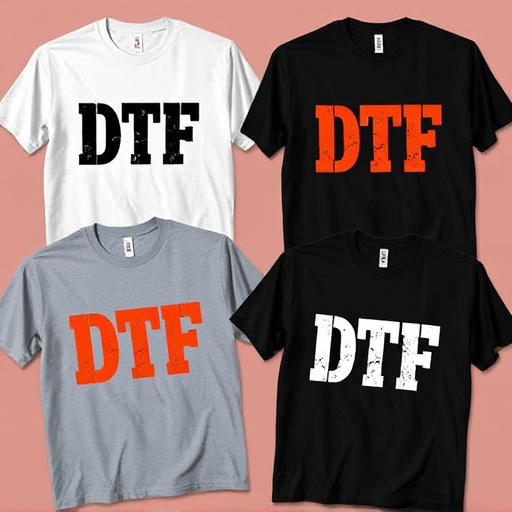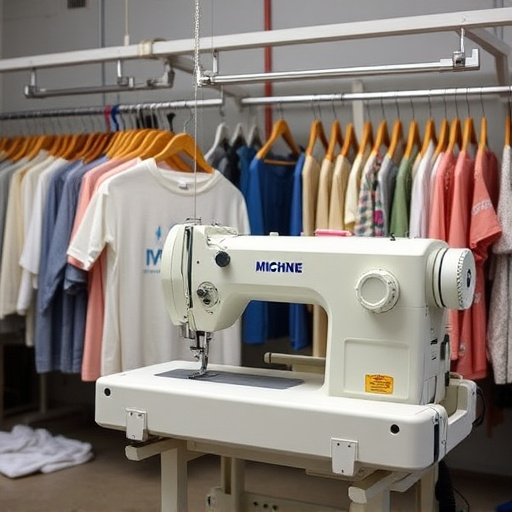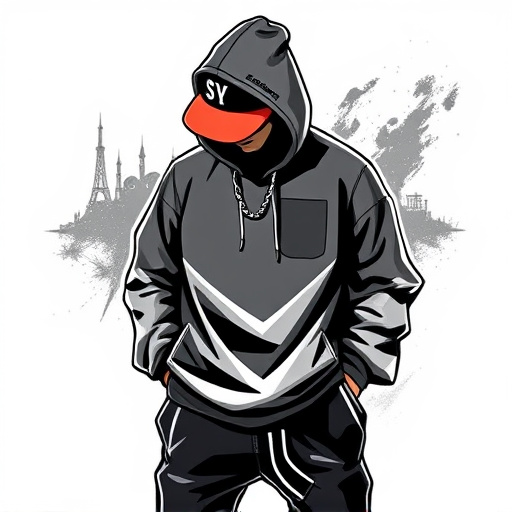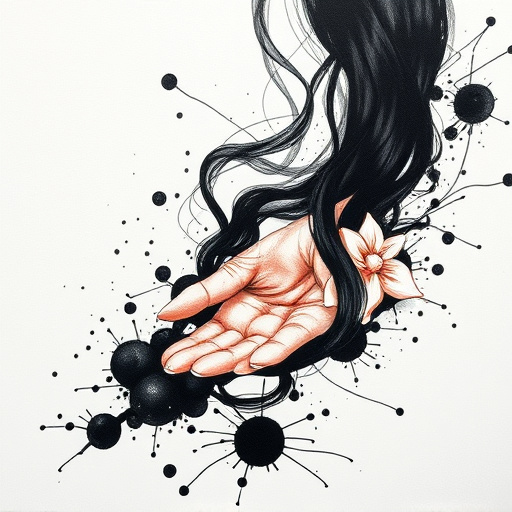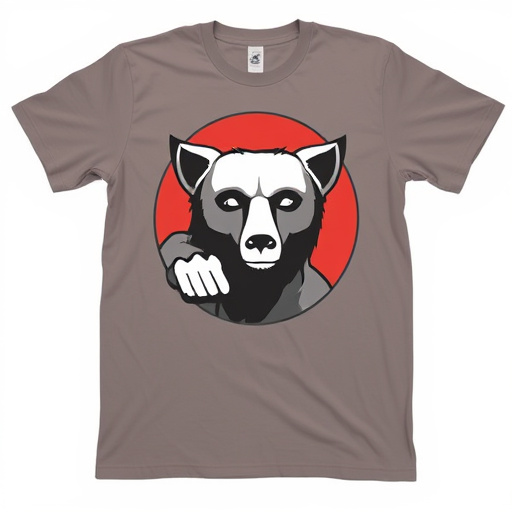The fashion industry is undergoing a revolution with Direct-to-Consumer (DTF) trends, driven by digital technology. This shift enables faster production, customization options like personalized printing, and competitive pricing for limited-edition clothing. DTF Future Trends offer consumers an accessible, efficient, individualized fashion experience, transforming self-expression through agile design strategies, minimal lead times, and versatile materials. Consumer behavior, including online shopping and sustainability awareness, is reshaping the market, making DTF a permanent change in fashion expectations. To keep pace, brands must embrace personalization strategies like direct to film designs and foster community engagement.
The fashion industry is undergoing a rapid metamorphosis, embracing the dynamic nature of DTF (Do-The-Future) trends. As consumers demand timely and innovative styles, brands are navigating an agile design paradigm shift. This article explores how the industry adapts to the ever-changing landscape by understanding Unraveling DTF: The New Fashion Paradigm, implementing Quick Adaptation Strategies, and catering to a Consumer Shift that’s shaping tomorrow’s trends. Get ready to dive into the future of fashion!
- Unraveling DTF: The New Fashion Paradigm
- Agile Design: Quick Adaptation Strategies
- Consumer Shift: Shaping Future Trends
Unraveling DTF: The New Fashion Paradigm
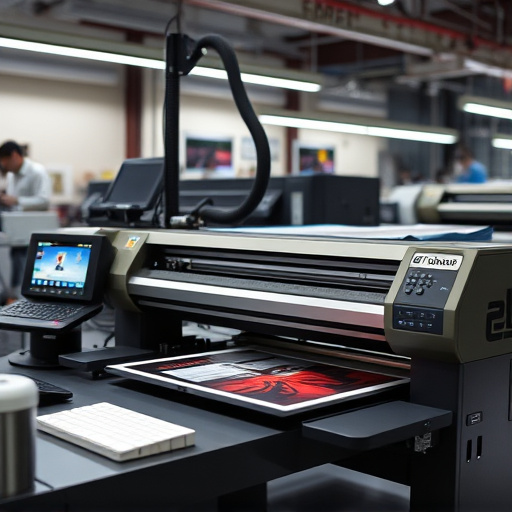
The fashion industry is undergoing a significant transformation with the advent of Direct-to-Consumer (DTF) trends, revolutionizing how garments are designed, produced, and consumed. DTF represents a new paradigm shift, enabling brands to skip traditional retail intermediates and connect directly with their target audience. This innovative approach allows for faster turnaround times, ensuring that the latest fashion trends reach consumers promptly. With digital technologies at its core, DTF facilitates unique customization options, such as personalized dtf printing for hoodies, where customers can co-create their own designs, fostering a sense of ownership and individuality.
Furthermore, bulk DFT shirt production has become a game-changer, streamlining manufacturing processes and reducing costs. Brands can now offer limited-edition pieces or customizable clothing at competitive prices, appealing to the growing demand for exclusive, on-trend items. As the industry embraces DTF Future Trends, consumers benefit from a more accessible, efficient, and personalized fashion experience, reshaping the way we interact with our wardrobe and express ourselves through clothing.
Agile Design: Quick Adaptation Strategies
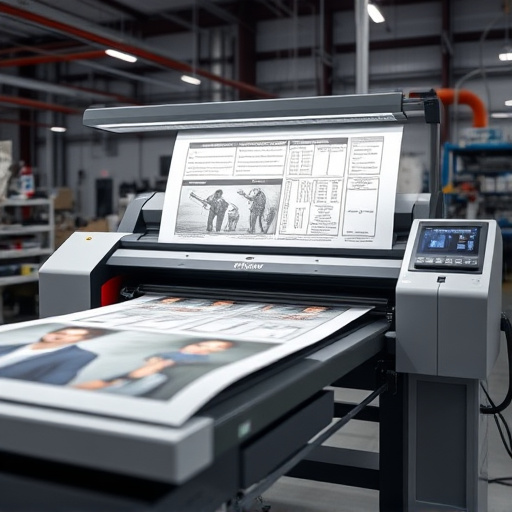
The fashion industry’s agility in embracing the DTF Future Trends is remarkable, with brands quickly adopting strategies to stay ahead of the curve. Agile design has become a key differentiator, allowing designers and manufacturers to swiftly respond to evolving consumer preferences. This rapid adaptation involves several tactics, such as minimizing production lead times and utilizing versatile materials that can be easily customized.
For instance, DTF for t-shirts (Direct-to-Garment printing) has gained immense popularity due to its ability to create custom custom t shirts with intricate designs in record time. This technology empowers brands to offer unique, limited-edition pieces or even personalized apparel without the traditional delays associated with mass production. Additionally, designers can swiftly incorporate new color palettes and patterns, ensuring their collections remain fresh and aligned with seasonal trends.
Consumer Shift: Shaping Future Trends
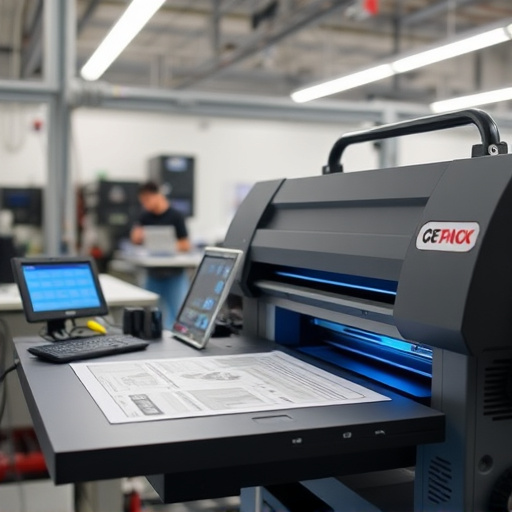
In today’s fast-paced world, consumer behavior is constantly evolving, and this shift has a profound impact on shaping the DTF (Direct to Final) future trends in the fashion industry. The rise of online shopping, sustainability concerns, and a desire for unique, personalized items have all contributed to a significant change in how consumers interact with fashion. Folks are increasingly seeking out specialized, limited-edition pieces that cater to their individual styles, rather than following traditional seasonal trends. This direct-to-consumer approach, facilitated by digital platforms, enables brands to offer products like direct to film personalized hoodies and DTF transfer films for t-shirts, ensuring a level of customization and immediacy previously unattainable.
The demand for customizable merchandise is not just a fleeting trend; it’s a permanent shift in consumer expectation. Therefore, fashion brands must adapt by offering more options for personalization, such as creating direct to film designs for various garments. This strategy not only caters to the desire for uniqueness but also encourages a sense of ownership and community among consumers, fostering a vibrant and ever-changing fashion landscape.
The fashion industry is undergoing a profound transformation, embracing the dynamic nature of DTF (Do-It-Yourself) trends. By implementing agile design strategies and understanding evolving consumer preferences, brands are quickly adapting to this new paradigm. As consumers demand more personalized and sustainable options, the industry’s ability to swiftly navigate and capitalize on future trends will be key to staying relevant in the ever-changing DTF landscape.

